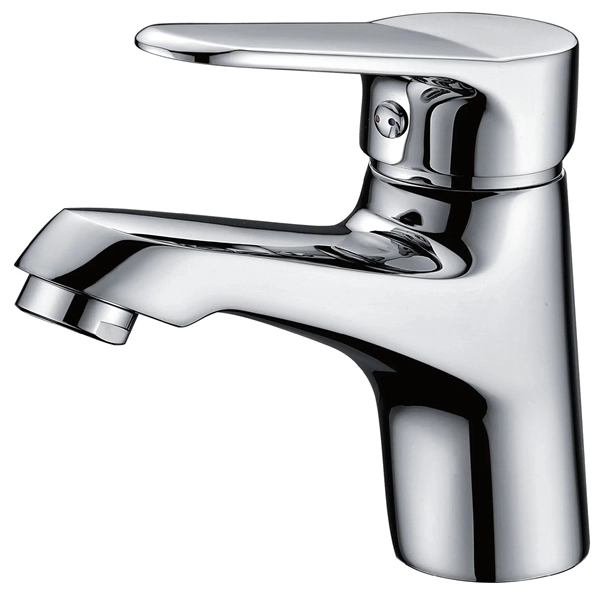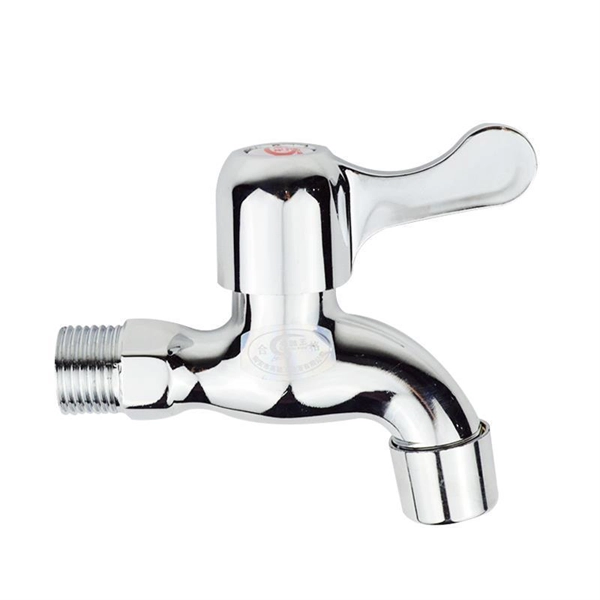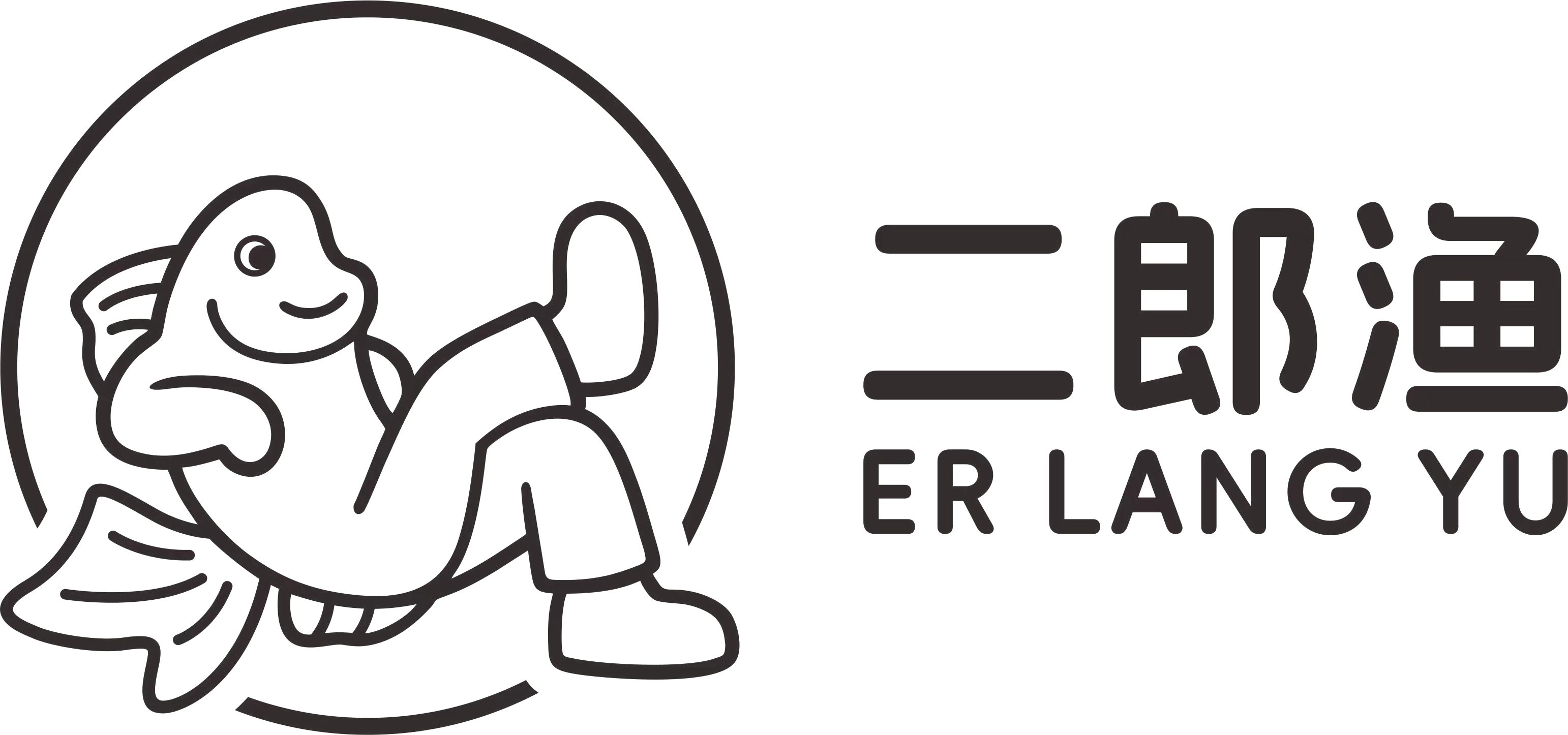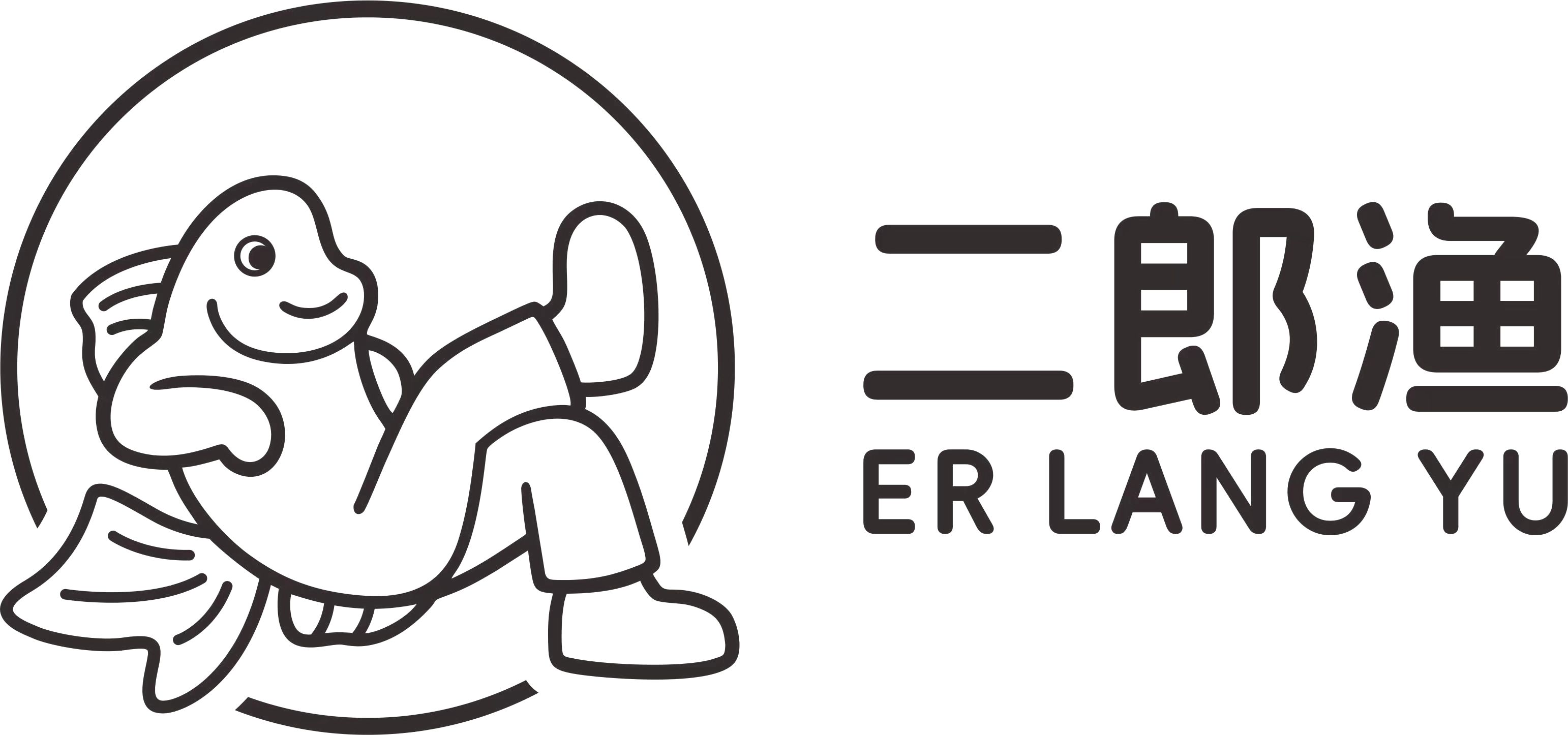Technology empowers China's agricultural "faucet"
Click :
release time : 2024-10-16
After breakfast, the original Bobo drove his private car to the field. Twist the switch and pull the brake, and the Yellow River water is sprinkled from the pole nozzle to the green wheat field. 50-year-old former Bobo is a farmer in Ruicheng County, Shanxi Province. Troubled by the long traditional irrigation time, water use, blind spots, and high labor costs, he invested more than 300,000 yuan to install water-saving irrigation equipment last year. "The time for watering 170 mu of land has been compressed from 15 days to 2.5 days, saving 25,000 yuan in labor costs and 40,000 yuan in water costs a year, and saving about 160,000 yuan in water." The original Bobo calculated an account. This transformation from "watering the land" to "watering crops" through technology is the epitome of China's development of efficient water-saving agriculture. According to the 2021 "China Water Resources Bulletin", the total water consumption in 2021 is 592.02 billion cubic meters, of which agricultural water 364.43 billion cubic meters, accounting for 61.5% of the total water. Agricultural throttling is of great significance. Over the past few decades, various water-saving technologies such as channel seepage prevention, sprinkler irrigation, pipe irrigation and drip irrigation have been vigorously promoted in various places in China according to local conditions, so that the way of water resources utilization has undergone profound changes. The latest news from the National Water Conservation Office shows that the effective utilization coefficient of farmland irrigation water has increased from 0.516 in 2012 to 0.572 in 2022. "From the introduction of drip irrigation technology in our country in the 1970s, to the independent research and development of water-saving agricultural related technical equipment in many places, and to the policy of'water-saving priority 'since the 18th National Congress of the Communist Party of China, all show that our country is determined to tighten the agricultural'faucet'." Chen Yun, a researcher at the Institute of Farmland Water Conservancy and Soil Fertilizer, Xinjiang Academy of Agricultural Reclamation Sciences, said. Xinjiang Production and Construction Corps has been unremitting in promoting the development of water-saving agriculture for many years. The corps's high-efficiency water-saving irrigation area based on field drip irrigation water-saving technology has reached more than 20 million mu, accounting for more than 80% of the total irrigation area, and the annual water saving exceeds 1 billion cubic meters. Practice has proved that water-saving agricultural technology has the characteristics of saving water, saving time, saving money, and increasing production compared with traditional flood irrigation. However, due to the large investment and high technical requirements of high-efficiency water-saving agriculture, it is more suitable for large-scale and industrialized operation. With the deepening of China's land transfer system and the increase of new professional farmers, the promotion of water-saving agriculture is smoother. In Xiyao Village, Jiang County, Shanxi Province, the 300 mu of peach trees planted by Zhang Yong have entered their full flowering period one after another. This autumn, the peach trees will enter a period of high yield, and Zhang Yong is full of expectations for the peaches cultivated in the "drip irrigation" facility that invested more than 800,000 yuan. Zhang Yong returned to the countryside after graduating from university and became his father's "agricultural teammate", using new technologies and new concepts to improve the planting level of peach trees. "Drip irrigation can replenish nutrients to peach trees and increase trace elements." Zhang Yong said that after using drip irrigation technology, not only water is saved, but the commodity rate can be significantly improved. Some large-scale modern agricultural enterprises also pay attention to absorbing and learning from foreign advanced technologies and experience to develop high-yield, high-quality and efficient agriculture. In Du's Tomato Town, Taigu District, Jinzhong City, Shanxi Province, a black thin tube is inserted into the tomato growth matrix, and water and nutrient solution are injected into it through needle-like drip arrows. Through meteorological data analytics and dynamic observation of tomato growth, the staff sets programs in the irrigation system to achieve precise control of water and fertilizer. This water and fertilizer integrated drip irrigation system was imported from Spain, and the important component of the drip arrow came from an Israeli company.
Hot news
View more < span > >
 79 yuan makes the traditional faucet smart
79 yuan makes the traditional faucet smart
11 .12.2024
Smart home has become the interest point of many young people today, and it only
 Mijia faucet water purifier picture reward: quadruple filtra
Mijia faucet water purifier picture reward: quadruple filtra
11 .12.2024
On the 13th, Mijia Faucet Water Purifier officially opened crowdfunding in Xiaom
 Xiaomi crowdfunding new faucet products on the shelves: moni
Xiaomi crowdfunding new faucet products on the shelves: moni
11 .12.2024
On June 1st, news, today Xiaomi crowdfunding put on the shelves a faucet water p
 What are the main materials of the faucet?
What are the main materials of the faucet?
11 .12.2024
The main materials commonly used for faucets are divided into three types: brass, stainless steel and zinc alloy. Brass material: diverse in shape and beautiful in style, it is best to choose H59 copp...

